Unified access to digital data and documents in the humanities and social sciences: defined by the Adonis project initiated by CNRS1 in March 2007.
A year later, the directors of this TGE recalled the objectives, presented the implementation and the first developments. Outlined expectations in front of managers, researchers and professionals of SHS units
According to the Director-General of the CNRS, the main goals are to achieve interdisciplinarity in the human and social sciences.
Participating in the digital revolution currently underway, providing an international organization in SHS research and finally having research excellence recognized through publications.
To meet these challenges, SHS research teams should seize this opportunity to smartly pool their allocated resources. TGE cannot thrive without the active participation of the entire SHS scientific community and it has a duty to succeed.
Its partners are MSH (humanities), major libraries, public and private publishers, private and public research organizations.
The Adonis executive committee chair defines TGE as a tool at the service of the scientific community.
It is a constructive and productive tool for the community, a costly tool that exceeds possible investments for a single laboratory, but allows networking with an excellent quality price ratio.
He insisted that performance indicators should be in place to set up a user committee and recommend good user practices and standards.
In August 2007 TGE launched a project call on digital processing tools for the development and dissemination of data. Among the 93 projects presented, 23 projects were selected.
Two axes have been identified as priorities for the coming years: collecting documents and prioritizing access to data used by MSH.
The purpose of DARIAH is the networking of data and software and their long-term protection.
Its focus is on digitized archives, primary and secondary data, digital libraries. This project corresponds to a stage in the preparation of this infrastructure based on existing national structures.
Access to Resources and Meta Portals
Emphasis is placed on the nature of scientific and technical knowledge, the needs of users and the players involved in accessing it.
He then defined a metaportal as a virtual space for accessing great resources that are useful to and organized by a community.
This meta-portal has been made available to the scientific community, thanks to adapted operating tools that allow the search, query, analysis, explanation and personalization of information.
Access control, data continuity, archiving, digital prints etc. Other functions like this are important to consider for the creation of such a meta-portal.
Various aspects to be considered in the construction and management of a metaportal are mentioned.
Good practices have been developed for the complexity of shared hosting, digitization and bringing it online.
Some results and future projects of this unit, which manages a lexical portal, are mentioned. CNRTL aims to make already developed language tools and resources accessible and interoperable.
The Center for Direct Scientific Communication presented metaportal models and international achievements. Portals can take various forms as they can target very different goals in terms of community, resource type, access to resources.
Publish
Here is a brief overview of the private and public platforms that exist in the field of provision of written and digital resources.
It focused on two main issues for optimizing a quality offer: strengthening partnerships between the public and private sectors and improving exchanges between service providers.
Presentations of current or future achievements supported by TGE provided elements of response to issues of viability and visibility of scientific production.
He addressed the dual issue of business models and the viability of digital magazines.
Despite the obvious advantages of digital, institutional viability and economic viability are two constraints that must be considered for a proposal tailored to different audiences.
It reminds us that the main mission of the Open Electronic Publishing Center (Cleo) is to publish full text.
Insisted on editorial promotion of SHS research involving the creation of a true visual identity. This is essential for optimizing the visibility of magazines and texts.
Electronic management of manuscripts from 2008 (from submission to print), opening a space for an editorial blogging platform, and keeping services across platforms are desired.
Dr.Yaşam Ayavefe

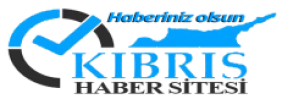






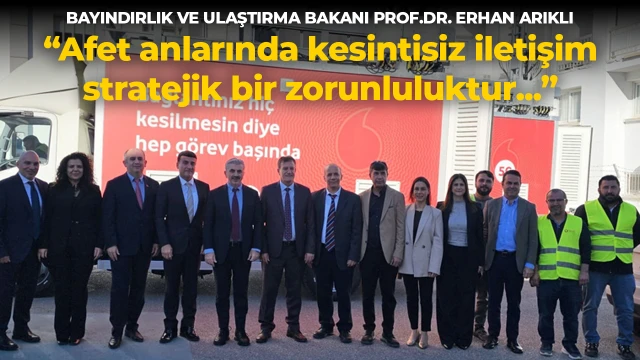








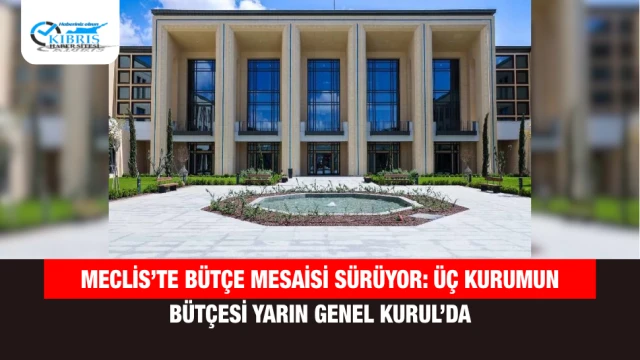



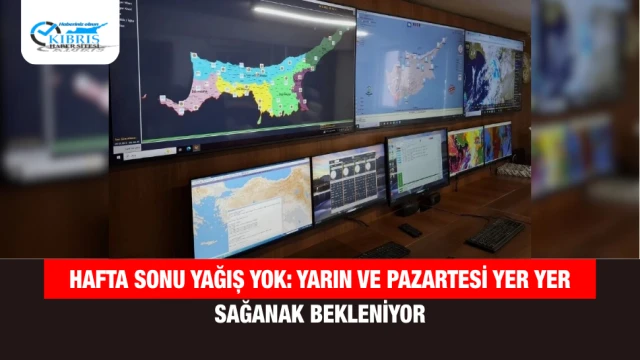

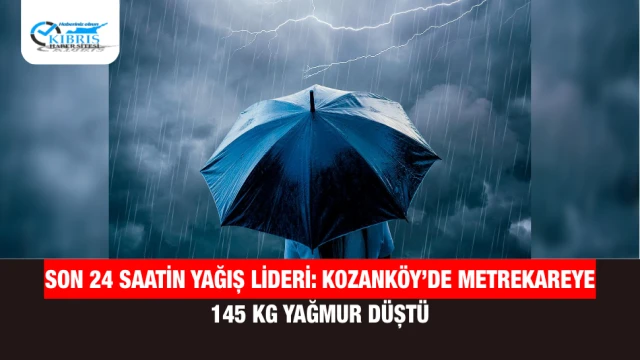
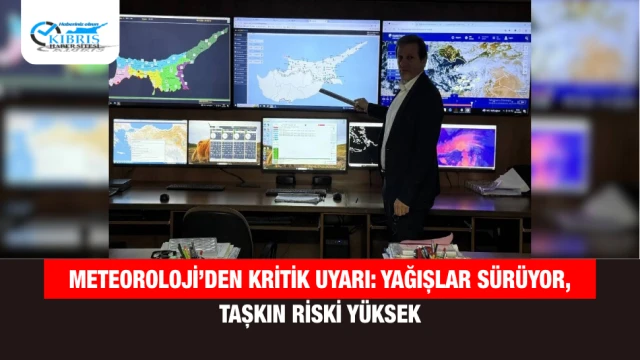

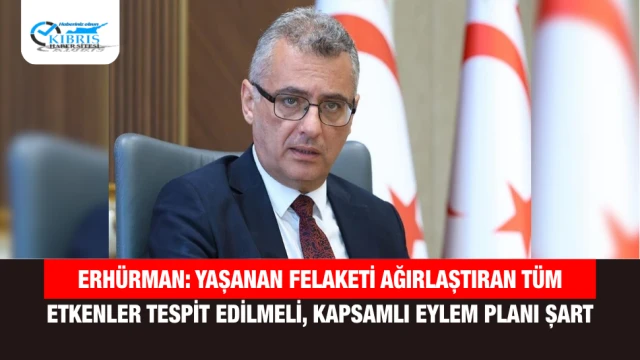

Yorum Yazın